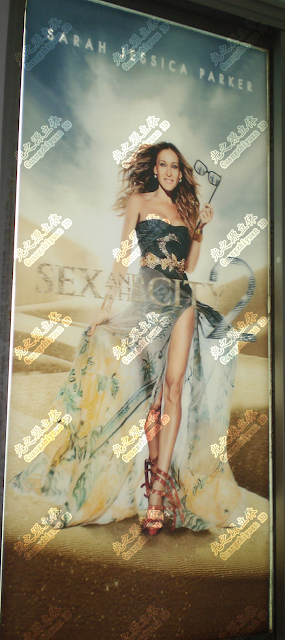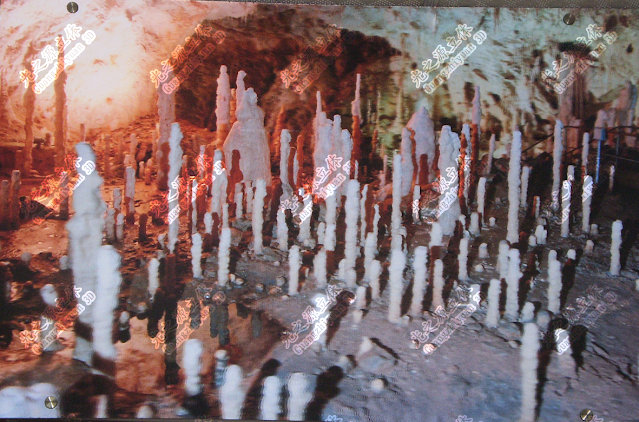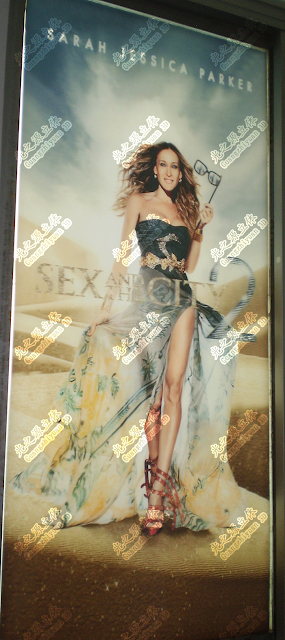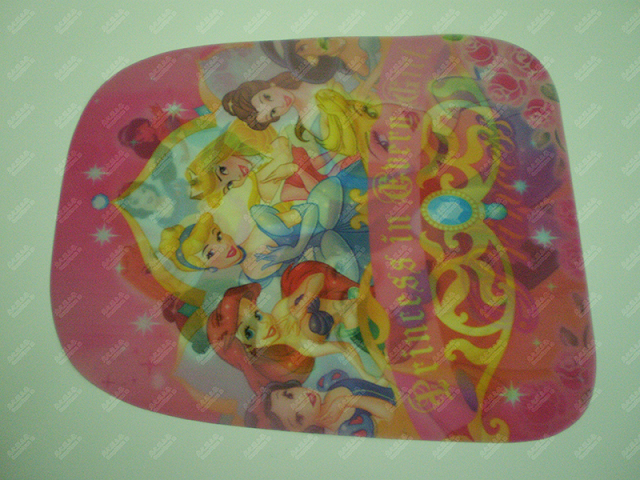Lenticular Printing: Bringing Images to Life

A unique lens that is adhered to a printed picture is how lenticular printing operates. A sequence of narrow, parallel ridges that are perpendicular to the picture makes up the lens. The lens refracts light differently depending on the angle from which it is seen, giving the appearance of depth or movement. A designer begins with a basic picture to build a series of interlaced images that will be seen via the lens to produce a lenticular image. When viewed through the lens, the interlaced images appear to move or have depth because each one is somewhat different from the others. Using a unique lenticular substrate with several microscopic lenses on the surface, interlaced pictures are produced. A finished result that appears to alter depending on the viewing angle is produced by adhering the substrate to the base picture. Lenticular printing applications Applications for lenticular printing from lenticular printing wholesale are numerous, ranging fr...












